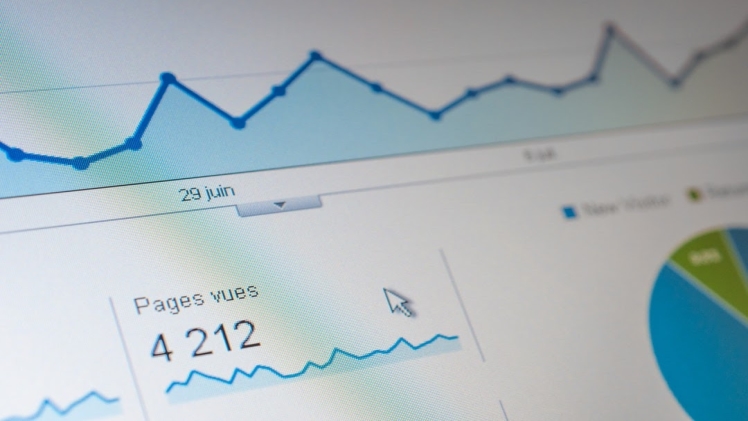In recent years, big data has become one of the most powerful forces in the worlds of business and technology. Companies have made amazing strides in the ways they harvest and use data to shape their brand and business operations. The fact of the matter is that if your company isn’t using data services to enhance your operations, marketing, and customer service, your company is falling behind the curve.
Information is golden no matter what industry you’re in, and the more data you have, the better your analytics and results should be. So, how do you turn your big data into actionable insights that increase business value? The answer is data virtualization. Continue reading to learn more about this data management tool and how it can help your business to reach new heights.
So, how do you turn your big data into actionable insights that increase business value ?
What is data virtualization?
If you’re not an IT specialist, there’s a good chance you don’t know what data virtualization is, but that doesn’t mean you don’t need to know. After all, with as important as data has become to business users, the more you know about big data and analytics, the better it is for your company.
Companies receive data all day every day, and it comes in many formats and from many different source systems, whether they are databases, data warehouses, or data sets from disparate sources. However, none of that data is analytics until it goes through the process of virtualization.
One way to look at data virtualization platforms is like a vortex for different data sources. Data goes into one side of the data virtualization server and comes out on the other side as analytics. Furthermore, as part of the data virtualization process, you also can decide on a number of different types of analytics from streaming analytics that gives real-time data reports to data visualization models that use capturing aesthetics to tell the tale of the numbers.
What are some of the uses of data virtualization?

There are many ways in which companies use data virtualization to improve their business operations, but one of the main ways it’s used is as a data integration tool. When you have datasets from multiple data sources, your best shot of getting valuable insights is to integrate, tabulate, and cross-reference information from disparate data sources.
Data virtualization software provides companies with a data layer from which they can store, manipulate, and disseminate data. In a world where customization and scalability are becoming increasingly more important, agility is one of the most important data virtualization capabilities.
One of the main problems that companies have when they’re getting data from heterogeneous data stores is data integration. However, data virtualization software uses integration logic to get datasets from different data silos and input them into a single point of access that performs data extraction, abstraction, and turns basic numbers and figures into business intelligence companies can utilize.
Data virtualization can also be used to create a data catalog to make data easier to find, a dashboard that gives you virtual views of data, and on-demand data integration via data federation. In other words, data virtualization tools make life easier for non-data scientist business users who wouldn’t know what to do with the data otherwise.
How do companies benefit from data virtualization?

When it comes to working with data, depending on how much data your company has, you could be talking about hundreds of manhours and thousands of dollars to convert business statistics into business intelligence. Traditional data integration methods take too much time and money for small businesses to benefit from them. With that in mind, it’s important to note that data virtualization products make the process much quicker and cheaper.
Furthermore, one of the greatest things about data virtualization software is the ease of use for business users. With the vendors managing the software, all the business users have to do is know what insights they want from their data.

